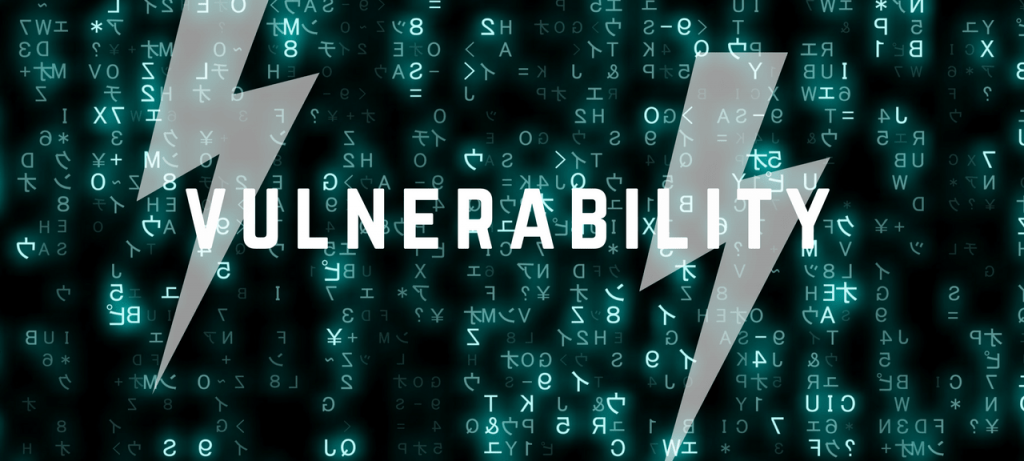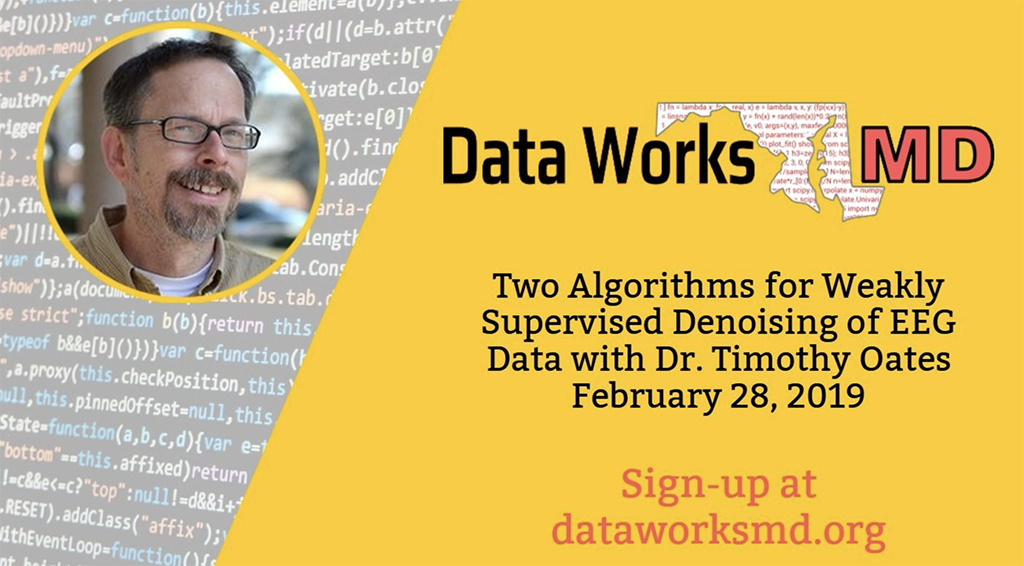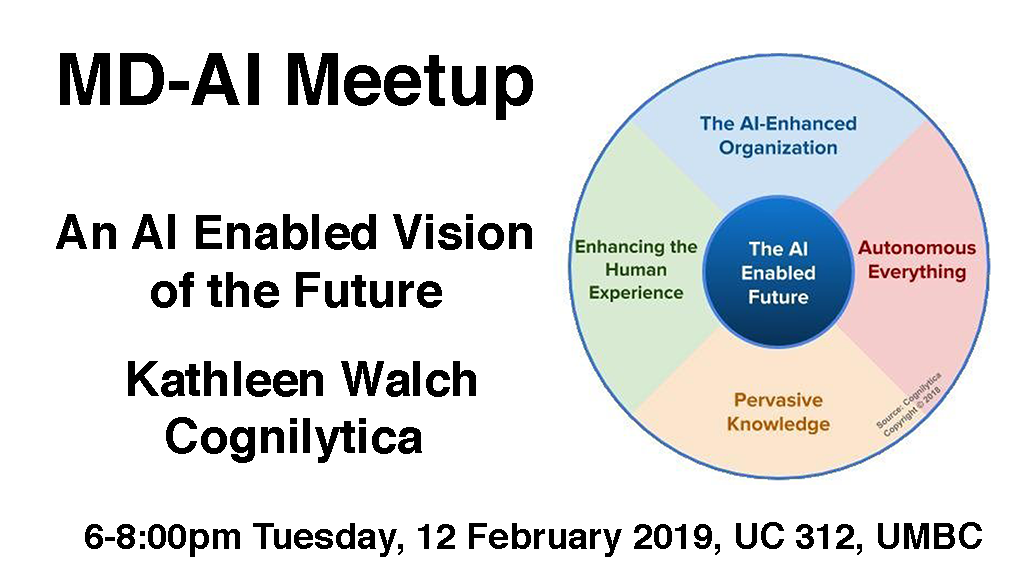
The Evolution of Mobile Authentication
Prof. Keith Mayes, Royal Holloway University of London
1:00pm Tuesday 30 April 2019, ITE325, UMBC
Mobile communication is an essential part or modern life, however it is dependent on some fundamental security technologies. Critical amongst these technologies, is mobile authentication, the ability to identify valid users (and networks) and enable their secure usage of communication services. In the GSM standards and the 3GPP standards that evolved from them, the subscriber-side security has been founded on a removable, attack-resistant smart card known as a SIM (or USIM) card. The presentation explains how this situation came about, and how and why the protocols and algorithms have improved over time. It will cover some work by the author on a recent algorithm for 3GPP and then discuss how Machine-to-Machine and IoT considerations have led to new standards, which may herald the demise of the conventional removable SIM, in favour of an embedded eSIM.
Professor Keith Mayes B.Sc. Ph.D. CEng FIET A.Inst.ISP, is a professor of information security within the Information Security Group (ISG) at Royal Holloway University of London. Prior to his sabbatical, he was the Director of the ISG and Head of the School of Mathematics and Information Security. He is an active researcher/author with 100+ publications in numerous conferences, books and journals. His current research interests are diverse, including, mobile communications, smart cards/RFIDS, the Internet of Things, and embedded systems. Keith joined the ISG in 2002, originally as the Founder Director of the ISG Smart Card Centre, following a career in industry working for Pye TVT, Honeywell Aerospace and Defence, Racal Research and Vodafone. Keith is a Chartered Engineer, a Fellow of the Institution of Engineering and Technology, a Founder Associate Member of the Institute of Information Security Professionals, a Member of the Licensing Executives Society and an experienced company director and consultant. He is active in the UK All Party Parliamentary Group (APPG) on Cyber Security and is an adjunct professor at UMBC.









